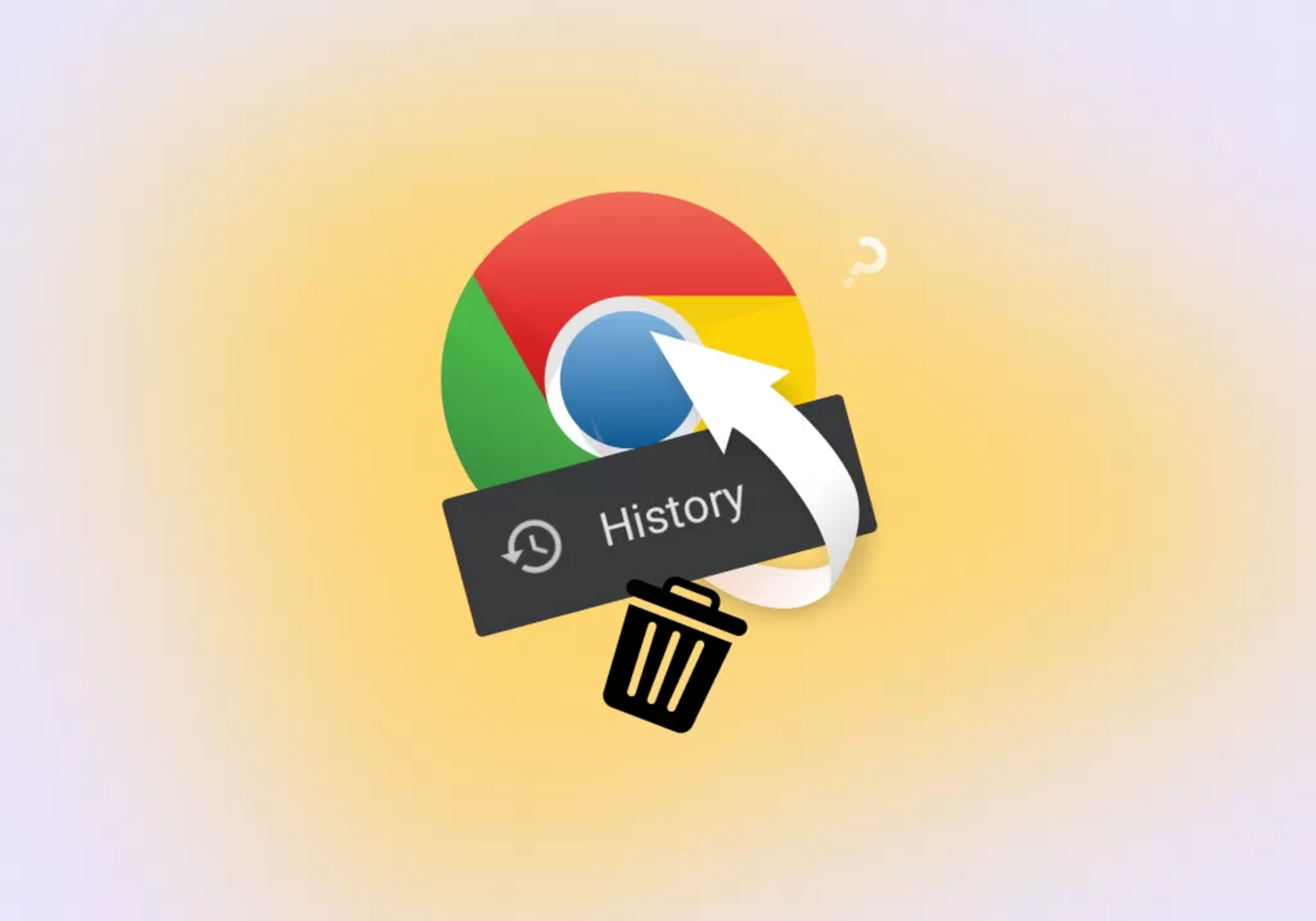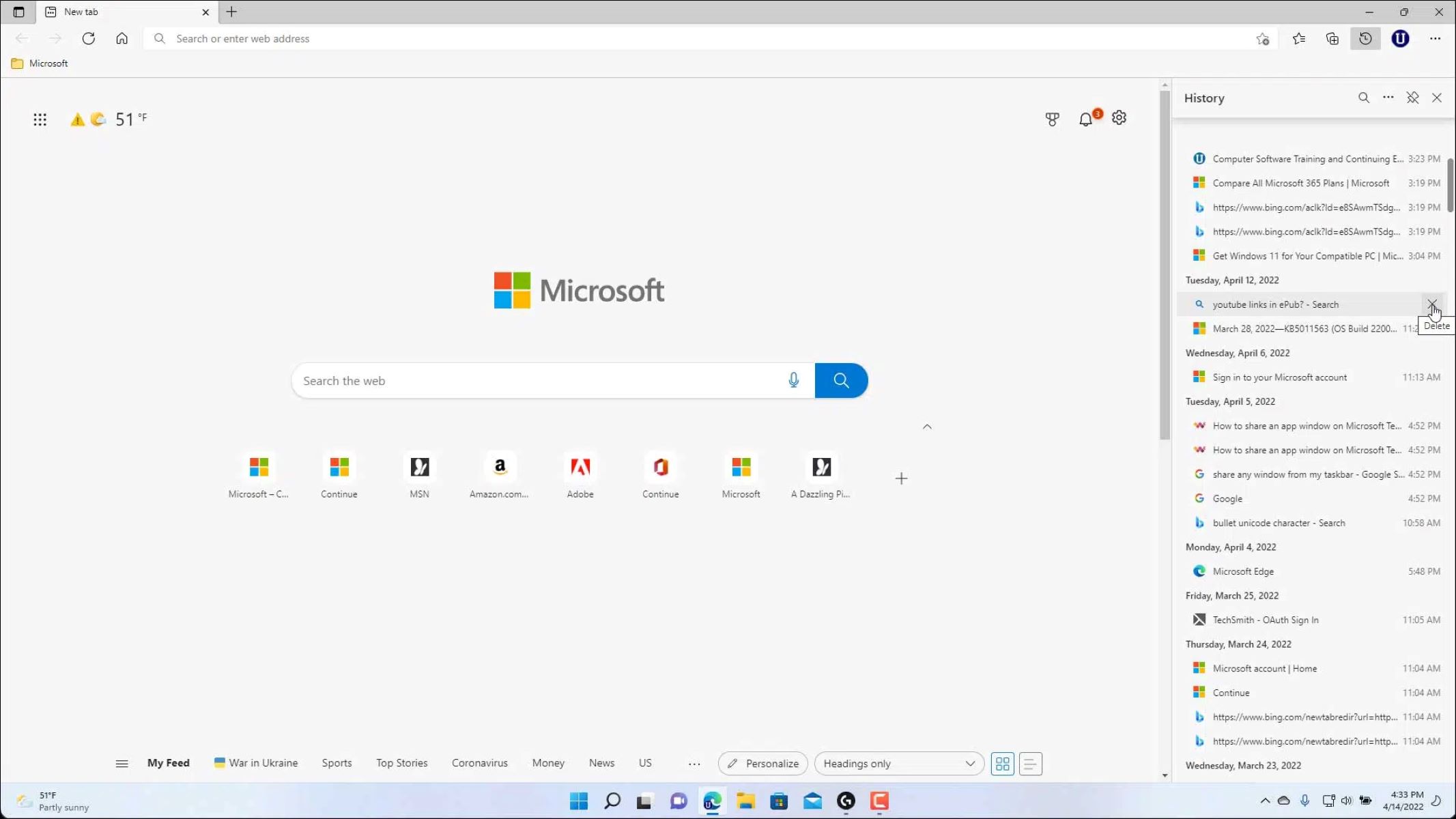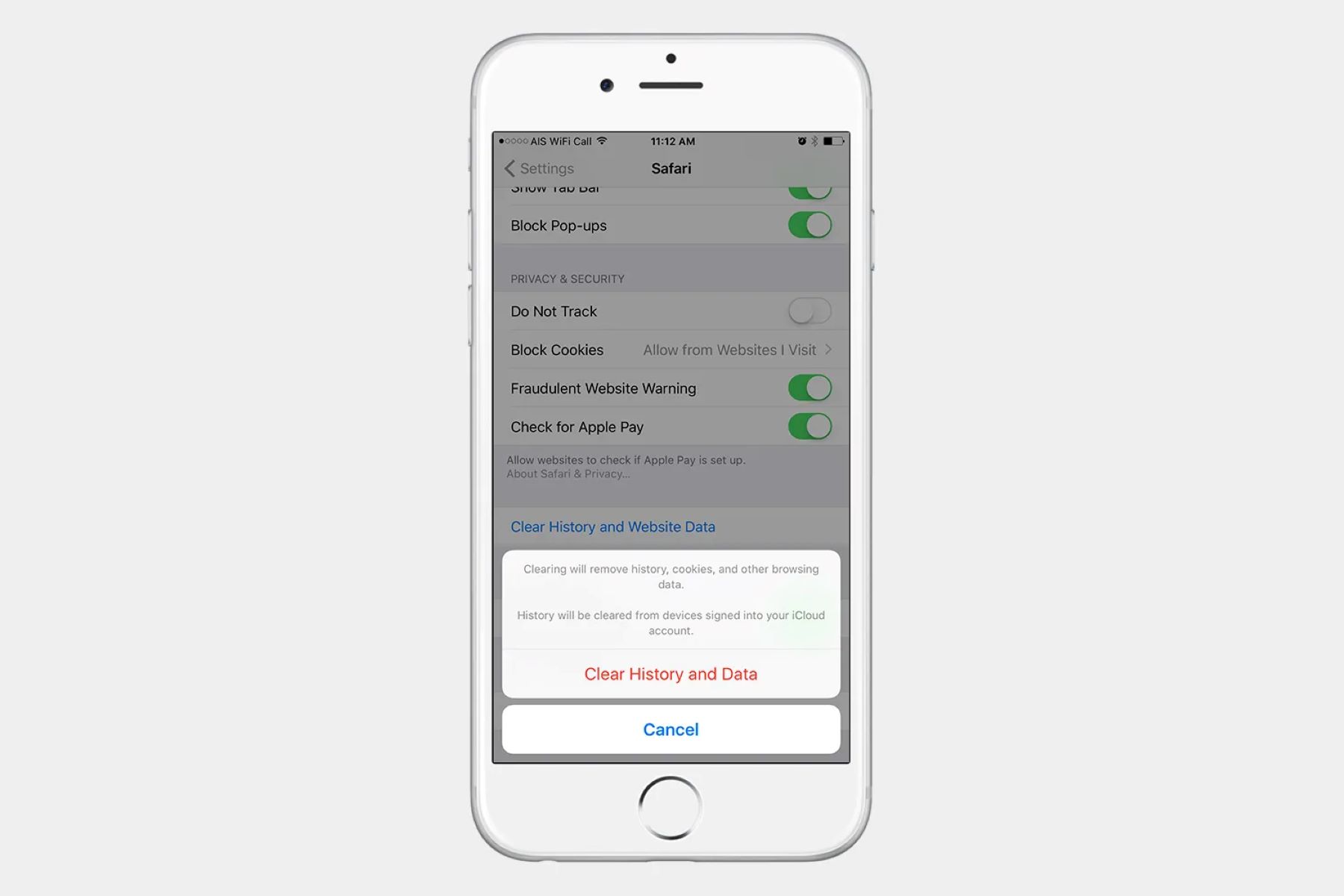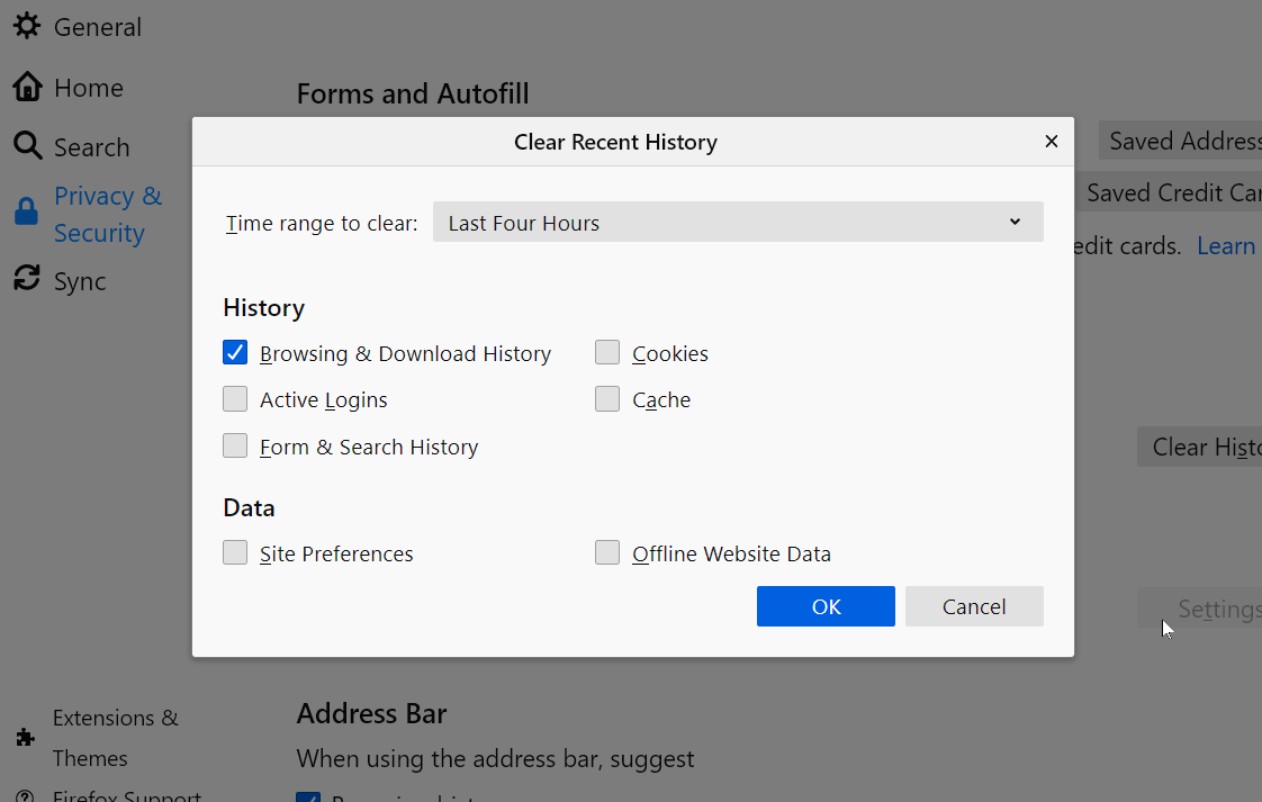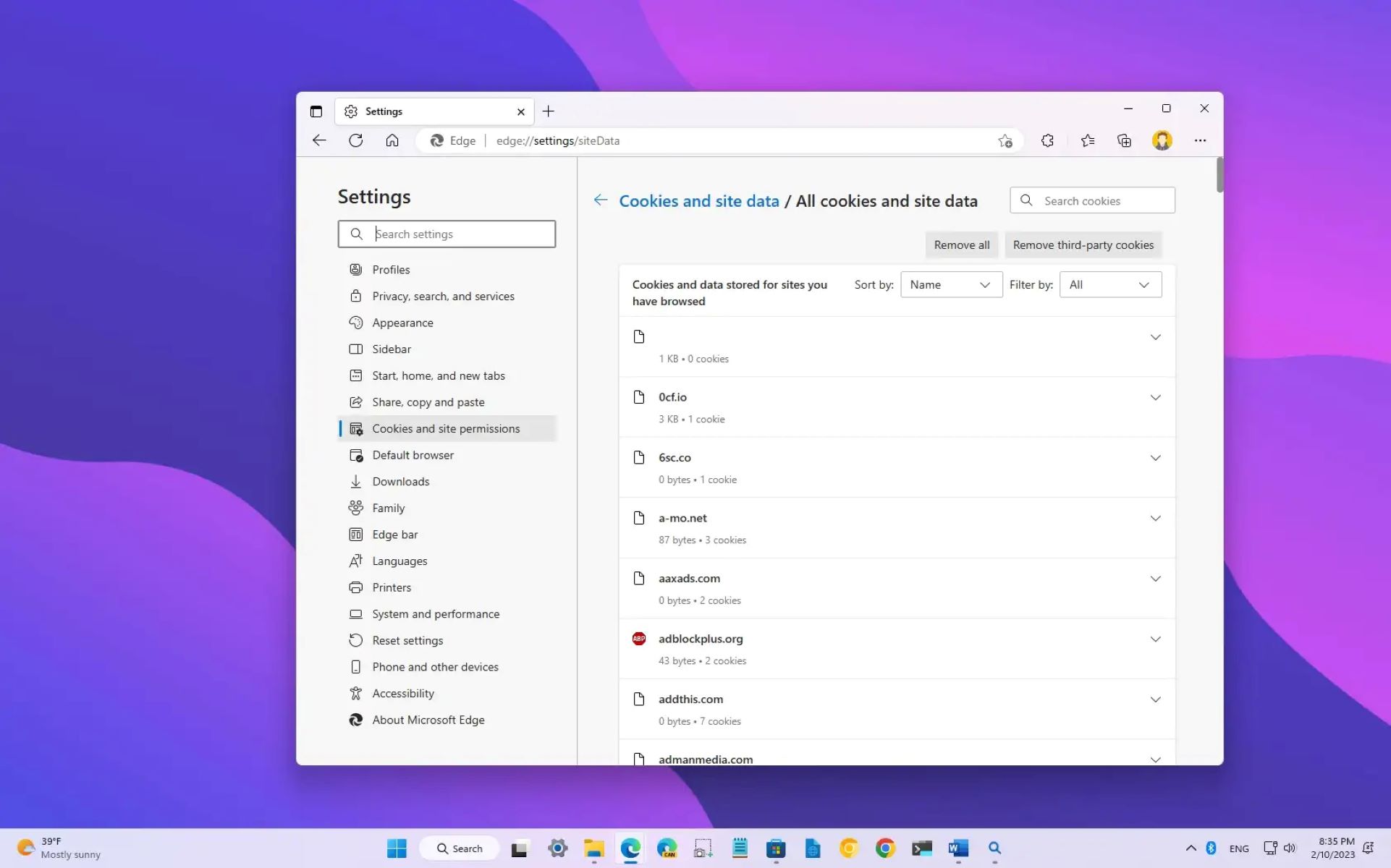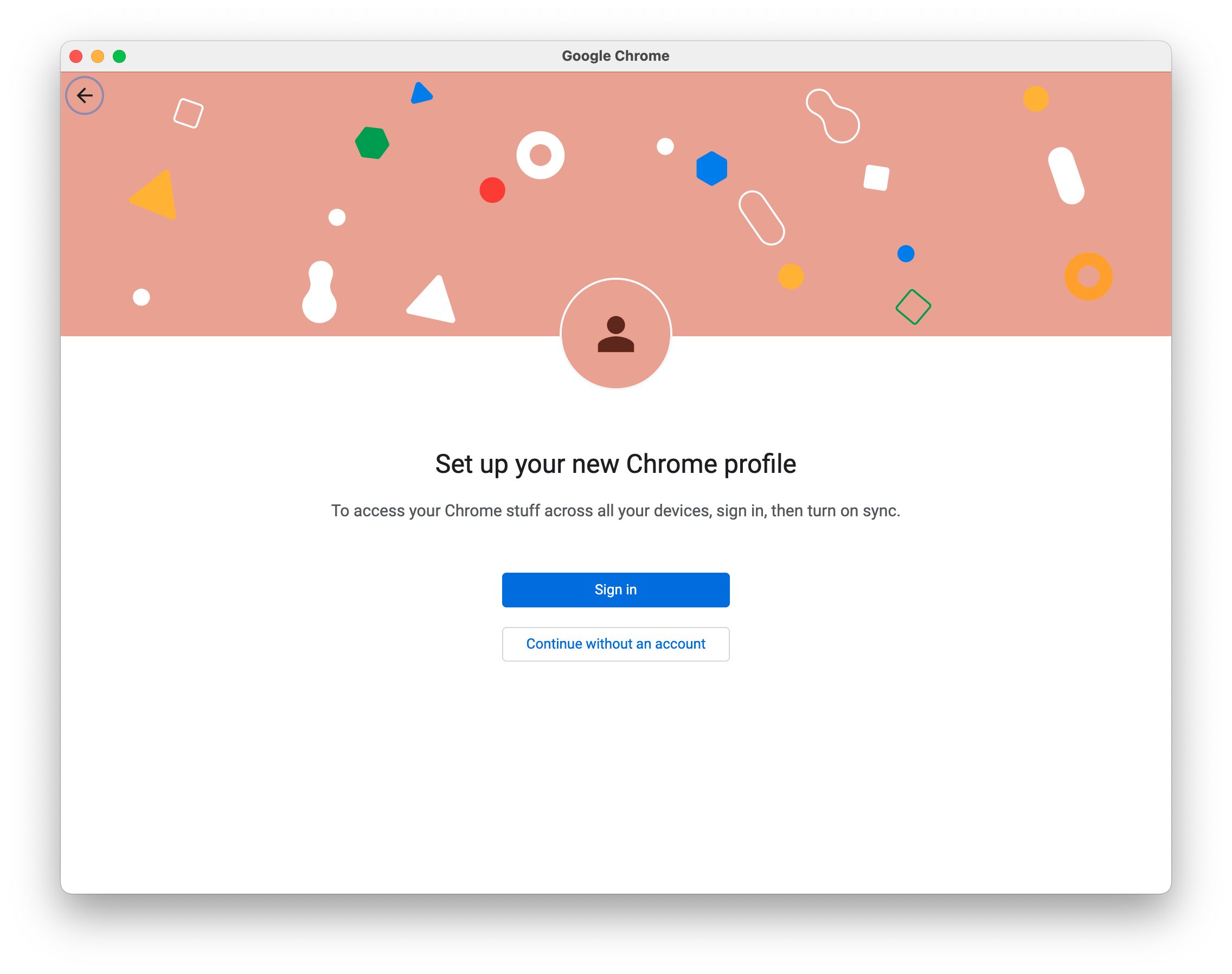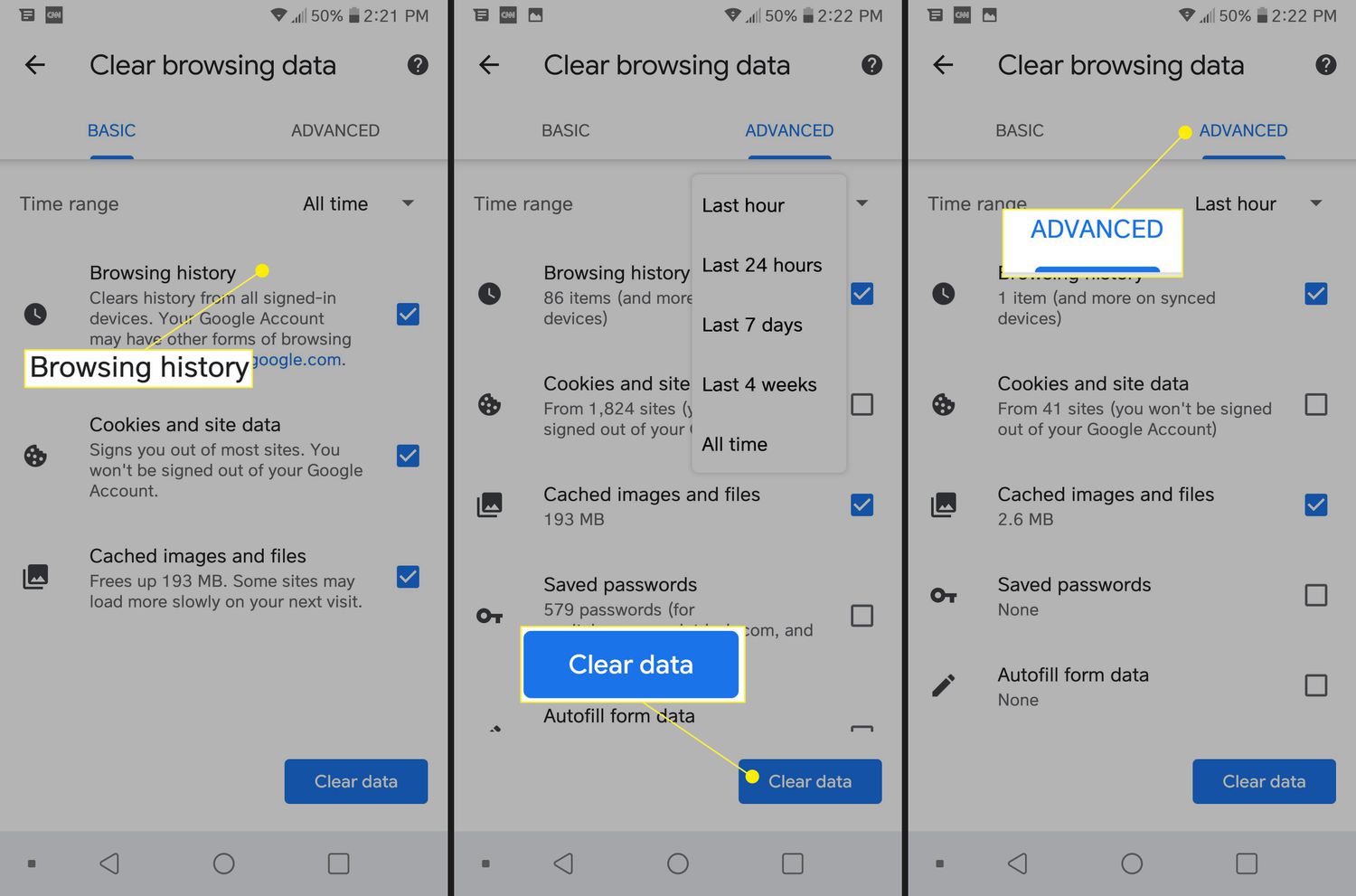Introduction
Chrome browser is one of the most widely used web browsers, offering a seamless and efficient browsing experience to millions of users worldwide. As we navigate the internet, Chrome diligently records our browsing history, creating a trail of the websites we've visited and the searches we've conducted. This feature can be incredibly useful for retracing our steps, finding previously visited websites, or recalling important information.
However, there are instances when we accidentally delete our browsing history or specific entries from it, only to realize later that we need to retrieve that information. Whether it's a crucial website link, a forgotten search query, or a page that held valuable data, the ability to recover deleted history on Chrome can be a lifesaver.
In this article, we will delve into the methods and techniques that can help you see deleted history on Chrome. From leveraging Google Account Activity to utilizing system restore and data recovery software, we will explore various approaches to retrieve deleted browsing history. By understanding these methods, you can potentially recover lost data and gain insights into the browsing activities that have been removed from your Chrome history.
So, if you've ever found yourself in a situation where you wished you could turn back time and retrieve deleted browsing history on Chrome, you're in the right place. Let's embark on this journey to uncover the possibilities of recovering deleted history and gaining a deeper understanding of the inner workings of Chrome's browsing history.
Understanding Chrome History
Chrome history serves as a digital footprint of our online activities, meticulously documenting the websites we visit, the searches we conduct, and the pages we interact with. This repository of browsing data not only facilitates quick access to previously visited websites but also enables users to revisit search queries and retrace their online journey.
When we navigate the web using Chrome, the browser diligently captures and stores a chronological record of our browsing activities. This includes the URLs of visited websites, the titles of web pages, the timestamps of visits, and even the frequency of access to specific sites. Additionally, Chrome history retains a log of searches performed using the browser's omnibox, providing a comprehensive overview of our online interactions.
The browsing history is organized in a user-friendly interface, allowing users to effortlessly revisit previously accessed web pages and re-examine past search queries. This feature not only enhances user convenience but also serves as a valuable tool for recalling important information, retrieving forgotten links, and gaining insights into one's online behavior.
Furthermore, Chrome history plays a pivotal role in streamlining the browsing experience by offering personalized suggestions, auto-completing URLs, and presenting relevant search predictions based on past activities. This personalized touch not only saves time but also enhances the overall user experience, making Chrome a preferred choice for internet browsing.
Understanding the intricacies of Chrome history empowers users to leverage this feature to its full potential. Whether it's revisiting a website from a few days ago, retracing steps to find a previously viewed article, or recalling a search query from the past, Chrome history stands as a reliable repository of digital footprints, ready to assist users in navigating their online endeavors.
By comprehending the significance of Chrome history and its role in preserving our online interactions, users can gain a deeper appreciation for the browser's functionality and harness its capabilities to enhance their browsing experience.
In the next section, we will explore various methods to see deleted history on Chrome, shedding light on techniques that can potentially aid in recovering lost browsing data.
Methods to See Deleted History on Chrome
When it comes to retrieving deleted browsing history on Chrome, users have several methods at their disposal. These techniques offer varying degrees of effectiveness and complexity, providing options for users to explore based on their specific needs and circumstances. Let's delve into these methods and shed light on the approaches that can potentially help in recovering deleted history on Chrome.
Using Google Account Activity
Google Account Activity serves as a comprehensive dashboard that provides insights into a user's online interactions across various Google services, including Chrome. By accessing this feature, users can review their browsing history, search queries, and visited websites, even if the data has been deleted from the local Chrome history. This method leverages the synchronization of browsing data with the user's Google account, allowing for the retrieval of deleted history from the cloud.
To access Google Account Activity, users can navigate to their Google Account settings and locate the "Data & personalization" section. Within this section, the "Activity and timeline" feature provides a detailed overview of browsing history, search activities, and interactions with Google services. By exploring this dashboard, users can potentially uncover deleted browsing history and gain insights into their past online activities.
Using System Restore
Another method to potentially recover deleted history on Chrome involves utilizing the system restore feature on Windows operating systems. System restore allows users to revert their computer's state to a previous point in time, effectively undoing changes that may have led to the deletion of browsing history.
By initiating a system restore to a point when the browsing history was intact, users can potentially retrieve deleted entries and restore their Chrome history to a previous state. It's important to note that system restore may impact other system settings and installed applications, so users should exercise caution and consider the potential implications before proceeding with this method.
Using Data Recovery Software
For more advanced users or those seeking to recover deleted browsing history from a specific time frame, data recovery software can offer a viable solution. These specialized tools are designed to scan storage devices, including hard drives and SSDs, for traces of deleted data and potentially recover lost information.
By utilizing data recovery software, users can perform a targeted scan of their computer's storage to identify remnants of deleted browsing history. This method requires a certain level of technical proficiency and may involve navigating through recovered data to locate the desired browsing history entries.
By exploring these methods, users can potentially recover deleted history on Chrome and gain access to valuable browsing data that may have been inadvertently removed. Each approach offers unique advantages and considerations, empowering users to make informed decisions based on their specific requirements and technical capabilities.
Using Google Account Activity
Google Account Activity serves as a powerful tool for users to gain insights into their online interactions across various Google services, including Chrome. This feature leverages the synchronization of browsing data with the user's Google account, providing a comprehensive dashboard that offers a detailed overview of browsing history, search queries, and visited websites, even if the data has been deleted from the local Chrome history.
To access Google Account Activity, users can navigate to their Google Account settings and locate the "Data & personalization" section. Within this section, the "Activity and timeline" feature provides a comprehensive view of the user's online activities, allowing them to delve into their browsing history and search activities. By exploring this dashboard, users can potentially uncover deleted browsing history and gain insights into their past online interactions.
The ability to retrieve deleted history from Google Account Activity is attributed to the synchronization of browsing data with the user's Google account. As users navigate the web using Chrome while signed in to their Google account, the browsing history and related activities are seamlessly synchronized with the user's account, creating a backup of this data in the cloud. This synchronization ensures that even if the local browsing history is deleted, a copy of the data may still be accessible through Google Account Activity.
By leveraging Google Account Activity, users can potentially recover deleted browsing history, revisit previously accessed websites, and retrace their online journey. This feature not only offers a means to retrieve lost browsing data but also provides a valuable tool for gaining insights into one's browsing habits and online interactions.
In essence, Google Account Activity serves as a safety net for users who may have inadvertently deleted their browsing history on Chrome. By tapping into this feature, users can potentially recover valuable browsing data and gain a deeper understanding of their online activities, all while benefiting from the seamless synchronization of browsing data with their Google account.
Using System Restore
System restore is a built-in feature in Windows operating systems that enables users to revert their computer's state to a previous point in time, effectively undoing changes that may have led to the deletion of browsing history on Chrome. This method can be particularly useful for recovering deleted history when other conventional approaches may not yield the desired results.
When a system restore point is created, Windows captures a snapshot of the system's settings, installed applications, and certain system files. This snapshot serves as a reference point that can be utilized to restore the system to a previous state, effectively reversing any changes that may have affected the browsing history on Chrome.
To initiate a system restore, users can access the System Restore utility in Windows and select a restore point from the available options. By choosing a restore point that predates the deletion of browsing history, users can potentially recover the lost data and restore their Chrome history to a previous state.
It's important to note that initiating a system restore may impact other system settings, installed applications, and system files. Therefore, users should carefully consider the potential implications of this action before proceeding. Additionally, creating a backup of important files and data before initiating a system restore is advisable to mitigate any potential data loss or unintended consequences.
By leveraging the system restore feature, users can potentially recover deleted browsing history on Chrome and restore their browsing data to a state before the deletion occurred. This method offers a systematic approach to undoing changes that may have led to the loss of browsing history, providing users with a viable option for recovering valuable data.
While system restore may not be applicable in all scenarios, it serves as a valuable tool for users seeking to retrieve deleted history on Chrome and restore their browsing activities to a previous state. By understanding the capabilities of system restore and its potential impact on the system, users can make informed decisions when exploring this method for recovering deleted browsing history.
In essence, system restore offers a systematic and structured approach to potentially recover deleted history on Chrome, providing users with a valuable recourse for restoring lost browsing data.
Using Data Recovery Software
Data recovery software represents a more advanced approach to potentially recover deleted browsing history on Chrome. These specialized tools are designed to scan storage devices, including hard drives and SSDs, for traces of deleted data and potentially recover lost information.
When browsing history is deleted from Chrome, the associated data may still exist in the storage space of the computer, albeit in a potentially fragmented or overwritten state. Data recovery software employs advanced algorithms and scanning techniques to identify remnants of deleted data, including browsing history entries, within the storage device.
The process typically involves initiating a scan of the storage device where Chrome's browsing history was stored. The software meticulously examines the storage space, searching for traces of deleted data that may still be recoverable. As the scan progresses, the software identifies and reconstructs fragments of deleted data, potentially including browsing history entries that were inadvertently removed.
It's important to note that the effectiveness of data recovery software may vary based on several factors, including the duration since the browsing history was deleted, the extent of data fragmentation, and any subsequent data writes that may have occurred on the storage device. Additionally, the success of data recovery efforts depends on the specific capabilities and algorithms employed by the chosen data recovery software.
Users considering the use of data recovery software should exercise caution and consider the potential implications of the scanning and recovery process. It's advisable to create a backup of the storage device before initiating data recovery efforts to mitigate any potential data loss or unintended consequences.
While data recovery software offers a more advanced and targeted approach to recovering deleted browsing history on Chrome, it requires a certain level of technical proficiency and understanding of data recovery principles. Users should carefully evaluate the capabilities and limitations of the chosen data recovery software and consider seeking professional assistance if needed.
In essence, data recovery software presents a specialized and potentially effective method for recovering deleted browsing history on Chrome. By leveraging the advanced scanning and recovery capabilities of these tools, users can potentially retrieve valuable browsing data that may have been inadvertently deleted, offering a viable recourse for data recovery in specific scenarios.
Conclusion
In the realm of digital browsing, the ability to recover deleted history on Chrome can be a game-changer, offering users a lifeline to retrieve valuable browsing data that may have been inadvertently removed. As we've explored various methods and techniques to see deleted history on Chrome, it's evident that users have a range of options at their disposal, each with its unique advantages and considerations.
From leveraging Google Account Activity to tapping into the power of system restore and exploring the advanced capabilities of data recovery software, users can approach the task of recovering deleted browsing history with a sense of empowerment and possibility. These methods not only provide avenues for data recovery but also shed light on the intricate mechanisms that underpin Chrome's browsing history and its synchronization with user accounts and system settings.
The utilization of Google Account Activity stands as a testament to the seamless integration of browsing data with a user's Google account, offering a safety net for retrieving deleted history and gaining insights into past online interactions. This method harnesses the power of cloud synchronization, providing users with a valuable resource for recovering lost browsing data.
Similarly, the strategic use of system restore presents a systematic approach to potentially undoing changes that led to the deletion of browsing history. By reverting the system to a previous state, users can potentially recover deleted history on Chrome, restoring their browsing activities to a point before the data loss occurred.
Furthermore, the exploration of data recovery software unveils a more advanced and targeted approach to recovering deleted browsing history. These specialized tools offer the potential to identify and reconstruct remnants of deleted data within the storage device, providing a viable recourse for data recovery in specific scenarios.
As users navigate the digital landscape and engage with Chrome's browsing features, understanding the methods to see deleted history on Chrome equips them with the knowledge and tools to potentially recover lost browsing data. Whether it's revisiting a crucial website link, recalling a forgotten search query, or gaining insights into past online activities, the ability to retrieve deleted history on Chrome offers a valuable means to reclaim valuable browsing data and enhance the browsing experience.
In conclusion, the quest to see deleted history on Chrome transcends the mere recovery of data; it embodies the resilience and adaptability of users in navigating the digital realm. By embracing the methods and techniques explored in this article, users can approach the task of recovering deleted browsing history with confidence, knowing that they have the means to potentially retrieve valuable data and gain insights into their online interactions.







